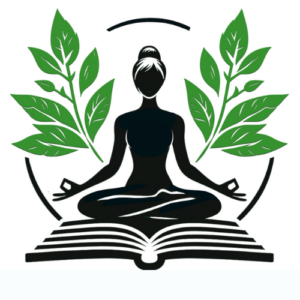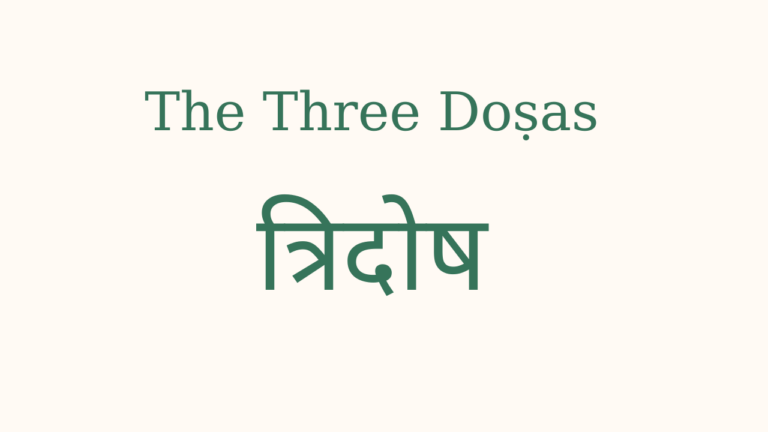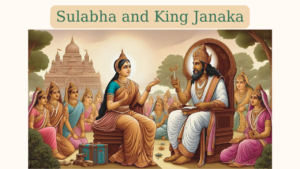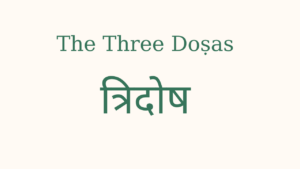In “Yoga – A Gem for Women,” Geeta Iyengar offers a profound exploration of health through the ancient lens of Āyurveda. She begins with a comprehensive definition: “Indian medical science (Āyurveda) describes health as the perfect harmony of bodily functions, a well-balanced metabolism and happy and poised state of the mind and of the senses” (p. 38).
At the heart of this system are three fundamental functions, each corresponding to a doṣa: “Clana – Movement, Pācana – Digestion or assimilation, and Lepana – Respiration or illumination, which correspond respectively to the three humours of Vāta – Wind, Pitta – Bile, and Śleṣma – Phlegm.” These doṣas, she explains, maintain a specific ratio when we’re healthy. True health, according to Iyengar, requires “equilibrium among five factors: (i) the doṣas – the humours; (ii) the dhātus – seven juicy secretions from the ingredients of the body; (iii) Agni, i.e., proper functioning of digestion and elimination of waste matter, which is called the metabolism of the body; (iv) clarity or purity of the senses; and (v) tranquillity and peace of the mind” (p. 39).
The sophistication of this ancient understanding becomes clear as Iyengar describes the body’s transportation system: “According to Āyurveda, the body has thirteen srotas or vessels to carry various substances throughout the body.” These include “prāṇavaha – breath ducts, annavaha – food pipe, udakavaha – water duct” and many more, forming an intricate network that maintains our health. Disease, she explains, occurs when this delicate balance is disturbed: “Any deficiency or excess in the normal quantity of the doṣas (humours) or the dhātus (ingredients), or any obstruction in their flow brings about imbalance and results in indisposition causing disease” (p. 39).
What makes Iyengar’s explanation particularly valuable is how she connects this ancient wisdom to modern understanding. She notes that “Modern medical science is not at variance with the above definition and it agrees that the relationship between the body and the mind is intimate” (p. 40). The ultimate goal, she reminds us, goes beyond mere physical health: “Practice of Yoga brings a perfect balance in body and mind. It makes the body healthy to cooperate with the mind, so that steadiness, composure, and firmness are developed.” Through this balanced approach, we can work toward what she describes as “the goal of life – Self-realisation” (p. 41).
This comprehensive understanding of health, rooted in ancient wisdom yet relevant to modern life, offers us a roadmap for maintaining balance in body and mind through the practices of yoga and awareness of the doṣas’ influence in our lives.




